Best Quality Daughter
A San Antonio Surprise and Delight
Drawing from the Rich Contribution of Strong Women and Creative Cultures
By Janis Turk
Photography by Patricia Chang
Expecting the usual Chinese fare—cashew chicken, wok-tossed noodles topped with chicken or shrimp, pan-fried dumplings, and combination fried rice—I must admit I wasn’t too excited when I first heard about the opening of Best Quality Daughter.
It was November of 2020, when Pearl’s new Chinese-American restaurant debuted. Sure, I was pleased that popular local chefs Quealy Watson and Jennifer Hwa Dobbertin would be at the helm, but I must admit I didn’t expect to be especially surprised by this restaurant.
To my delight, I was.
Set in a historic 1904 wood-framed house on Pearl property, which last held the former Granary ‘Cue & Brew in the shade of the Hwy 281 underpass, the building had always seemed cramped. So I didn’t imagine it could bring something special to the table. Also, I wasn’t altogether certain Pearl needed another Asian-infusion eatery.
But upon my first step inside Best Quality Daughter, I was delighted by the décor, wowed by the wallpaper, and thrilled to find it is in no way a typical Chinese restaurant. Better still, no trace of The Granary was to be found; the building had been stripped back to its bare lovely bones, creating open spaces reminiscent of a family home.
“We wanted it to feel like you were having dinner at your rich, chic grandmother’s house. Most restaurant aesthetics are masculine and handsome; we wanted ours to be feminine and beautiful. It’s maximal, and immersive, from the colors, food, music, and original art,” says Dobbertin.
The small reception area is lit by an oversized chandelier. From there, peek into different dining rooms: one with teal wallpaper and roomy booths, and another with pink floral wallcoverings, maroon tables, rattan chairs, and banquette seating along the walls. Beyond rests a bright sun porch, and outside is an intimate patio. The bar in front, with Hong-Kong night-market-style colorful neon, features custom wallpaper depicting San Antonio landmarks. The restaurant’s dynamic design scheme has obviously been well-curated, making it quite unlike any other local hotspot.
“If the food is as wonderful as the wallpaper,” I thought, “this place will be truly special.”
The lunch menu seemed, simple and appealing: “Lunch Specials,” “Smallish” plates, and “Noodles and Rice” dishes, along with an enticing array of wine, beer, cocktails, and “Boozy Boba” choices along with alcohol-free options. Dinner menus offer generous family-style platters. The red cooked beef rib dish had been a big hit with a New York Times critic, but despite the rave review, ribs seemed bit heavy for lunch.
Upon first glance, the menu was simple and solid: cashew chicken, salt and pepper shrimp, roasted pork shoulder, fried rice dishes, and a wok-charred green bean vegan option. Most of those leaned a little spicy in a nice flavorful way. And the more I studied the menu, it became clear the chefs had created dishes both distinctive and surprising, with offerings like the Kung Pao cauliflower with peanuts, dried chilies, green onion, and steamed rice; sizzling rice chips with Mapo tofu hummus; fantastic little dense cheesy Moshi cheddar hushpuppies with a side of Thai chili sauce; and “impossible meat” vegan pot stickers with shitake mushrooms. Each item offered unexpected delights. Portions were large.
The “Smallish” dishes weren’t’t small at all. I ordered crispy Brussels sprouts with a peanut tamarind sauce, crispy rice, and seasoned peanuts that were sublime. Next came the hearty hushpuppies: hot cheese “biscuit” bites. (Order these!) Vegan pot stickers tasted like handmade traditional pork dumplings. For a main dish, I ordered Super Garlicky Noodles topped with Salt and Pepper Shrimp breaded with whispery light Taiwanese sweet potato flour.
“We love its airy texture, reminiscent of traditional Taiwanese fried street foods,” says Dobbertin, whose mother’s family had fled mainland China to Taiwan in 1949 during the horrors of a civil war before her mother eventually married Dobbertin’s American father. Dobbertin’s family ran an American restaurant in San Antonio, but her mother cooked Chinese and Taiwanese dishes at home.
Dobbertin met Watson while both were working at The Monterey, a highly popular former gastropub in Southtown. Dobbertin was a line cook and Watson was the original chef. Dobbertin helped launch Hot Joy, where Watson was the executive chef, and the partners later opened Tenko Ramen in Pearl’s Bottling Department Food Hall. Owning a restaurant was Dobbertin’s long-held dream.
This restaurants’ concept was originally conceived by Dobbertin, chef Anne Ng, and ceramic artist Jennifer Ling Datchuk. The three connected over their shared cultural identity as Asian women in Texas and bonded over foods they grew up with in their Asian-American households. So they decided to their vision to San Antonio through several pop-up dinners. As these evolved, chef Watson was invited to join and share his expertise in the kitchen.
“Growing up as a third-culture kid, you’re always in this search for where you belong,” says Dobbertin. “So in a quest to claim my identity, I moved to Asia, and sometime between years abroad and now, I discovered that what connects most of us is sharing food and experiences.” Dobbertin studied International relations in graduate school but quit her day job at age 28 to become a line cook at The Monterey. “My parents were horrified at the time, but now they’re proud of me.”
Dobbertin gives equal credit for the new restaurant’s success to Watson, whom she calls “an incredibly gifted chef.” Dobbertin works the kitchen, too, but generally runs business operations. “Quealy and I develop our menus together; then he brilliantly executes them.” Their recipes draw on so many pages from the partners’ own culinary passports with influences in American, Chinese, Taiwanese, Thai, Texan, Cajun, and all kinds of Southern cuisine.
Dobbertin enjoys naming cocktails, including “Nightshades,” “Are You There, God? It’s me Margarita,” and “My Husband at the Time.” Each has a story behind it.
The name Best Quality Daughter was inspired by Amy Tan’s, The Joy Luck Club, a novel exploring the challenges of mothers and daughters delicately navigating difficult cultural differences. But Best Quality Daughter seems to have no difficulty comingling cultures in its menu or ambience, creating a distinctive and dynamic experience in San Antonio’s exciting, ever-evolving dining scene.
Best Quality Daughter
602 Avenue A, at Pearl, San Antonio


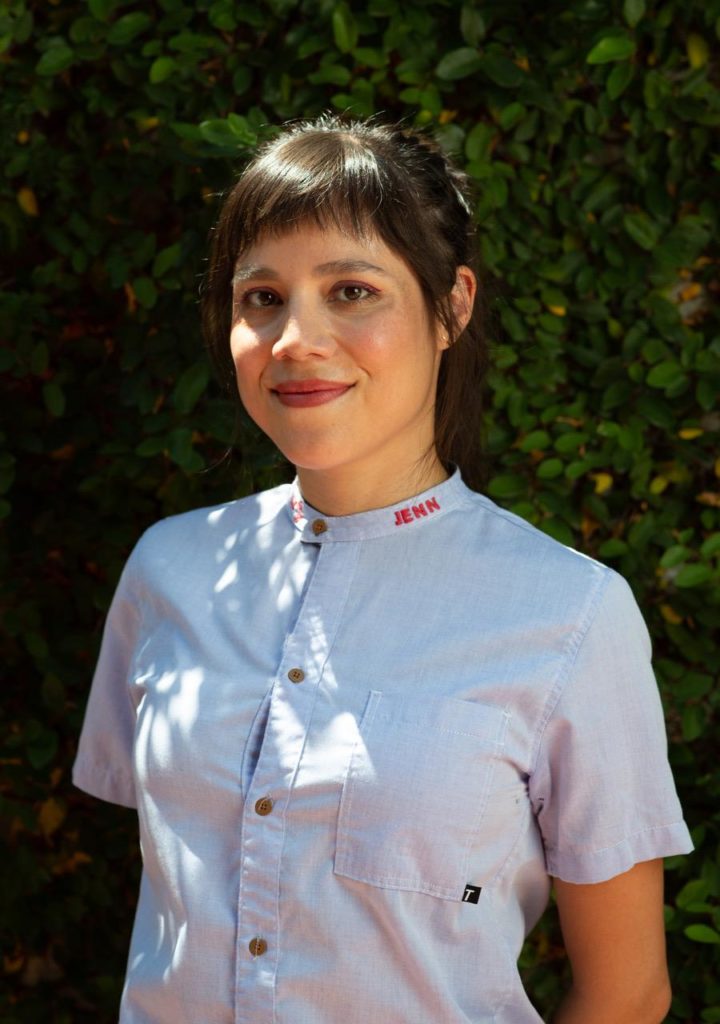
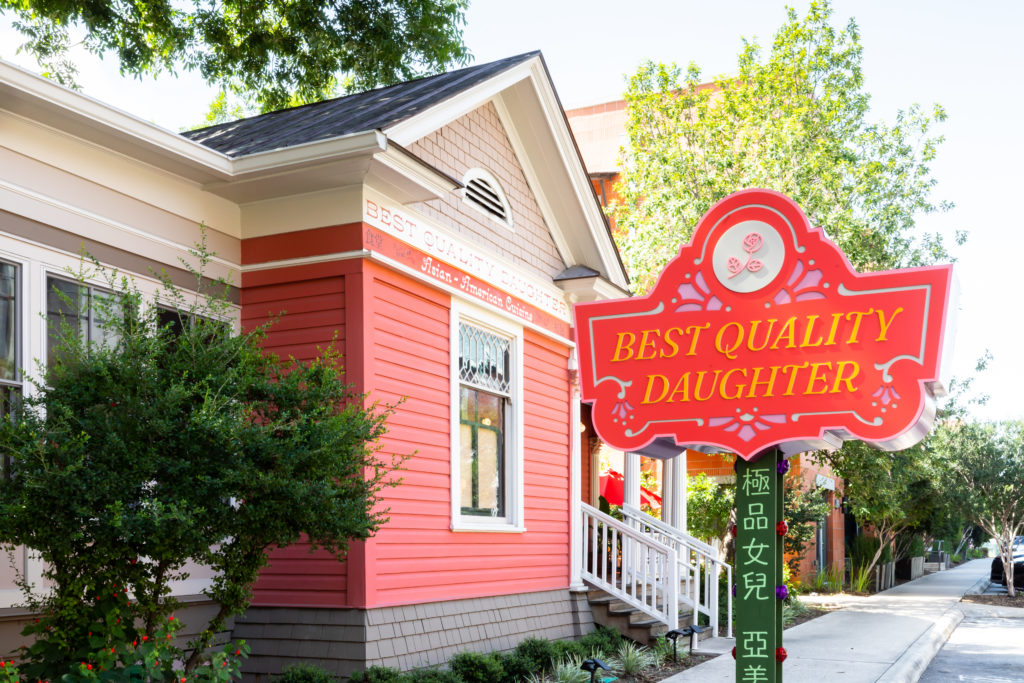
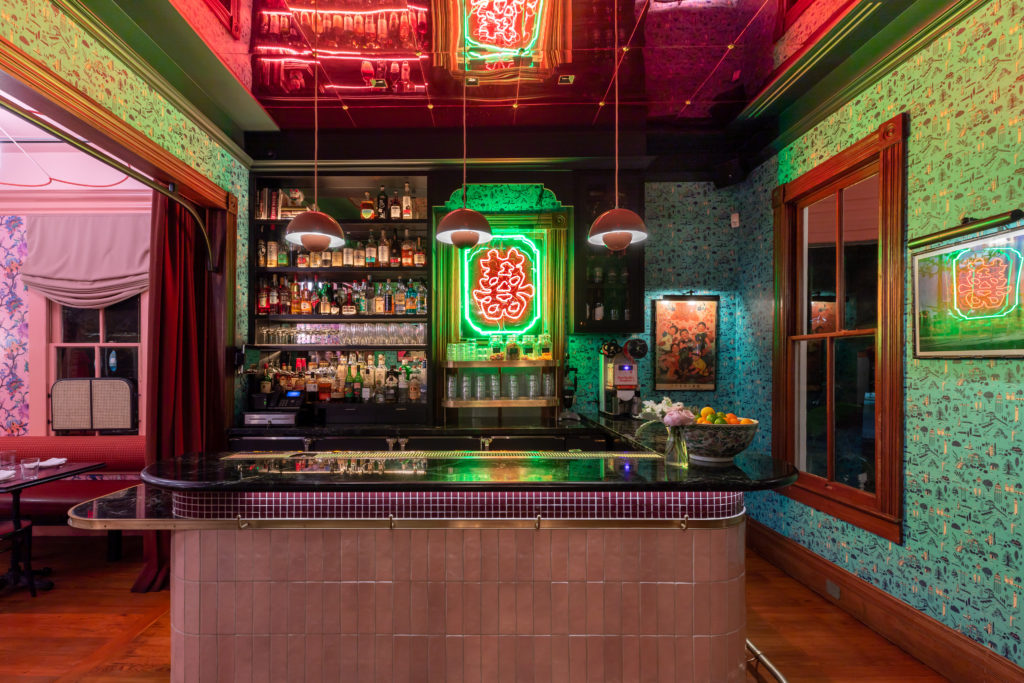
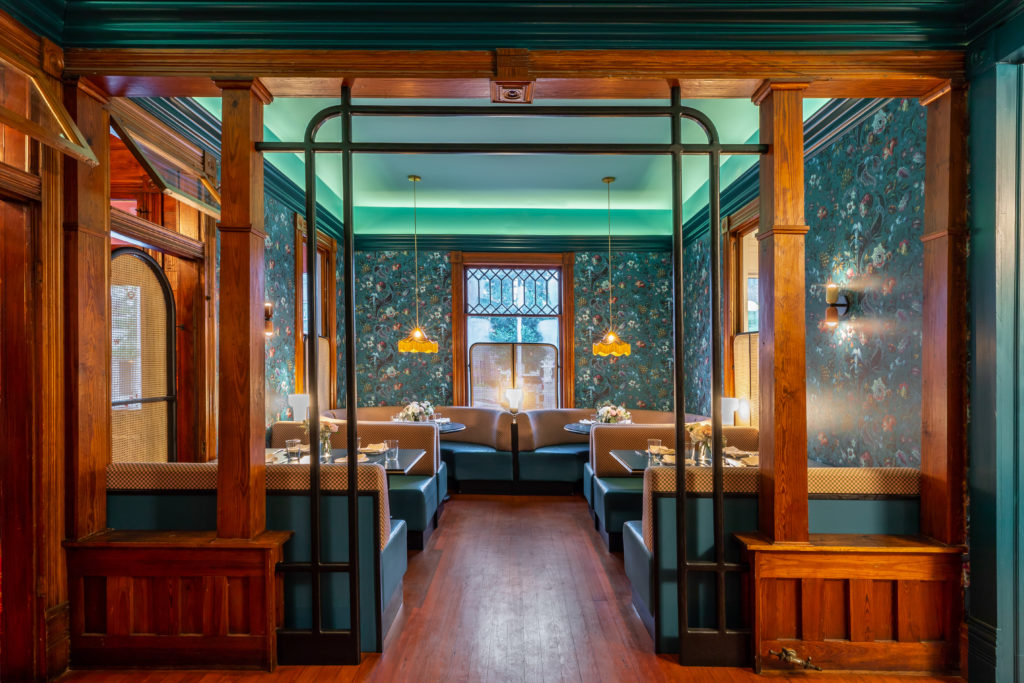
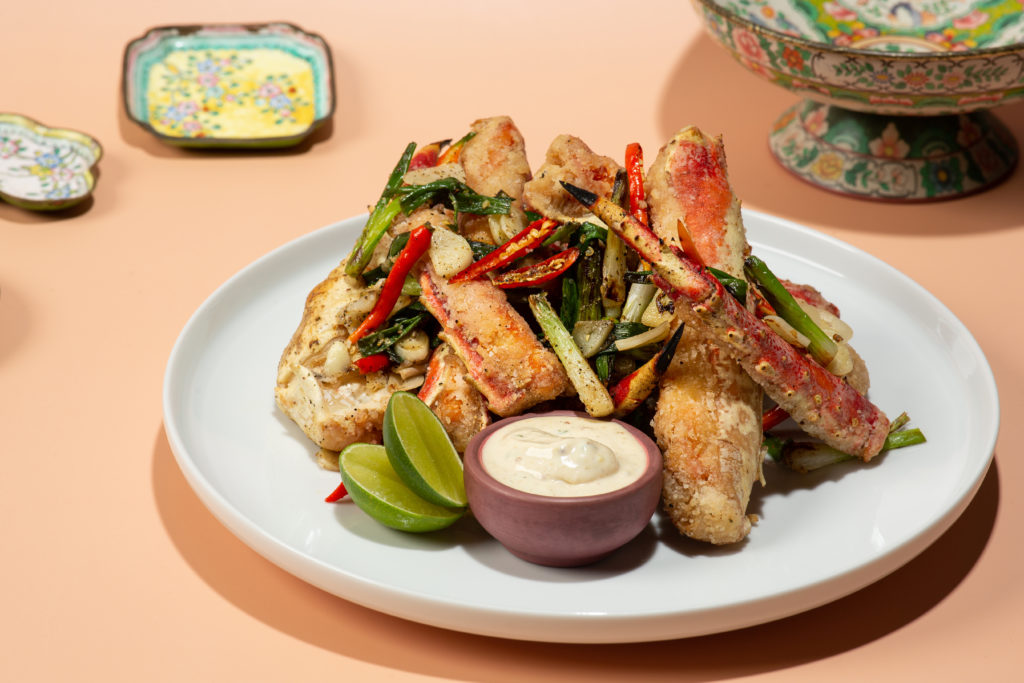
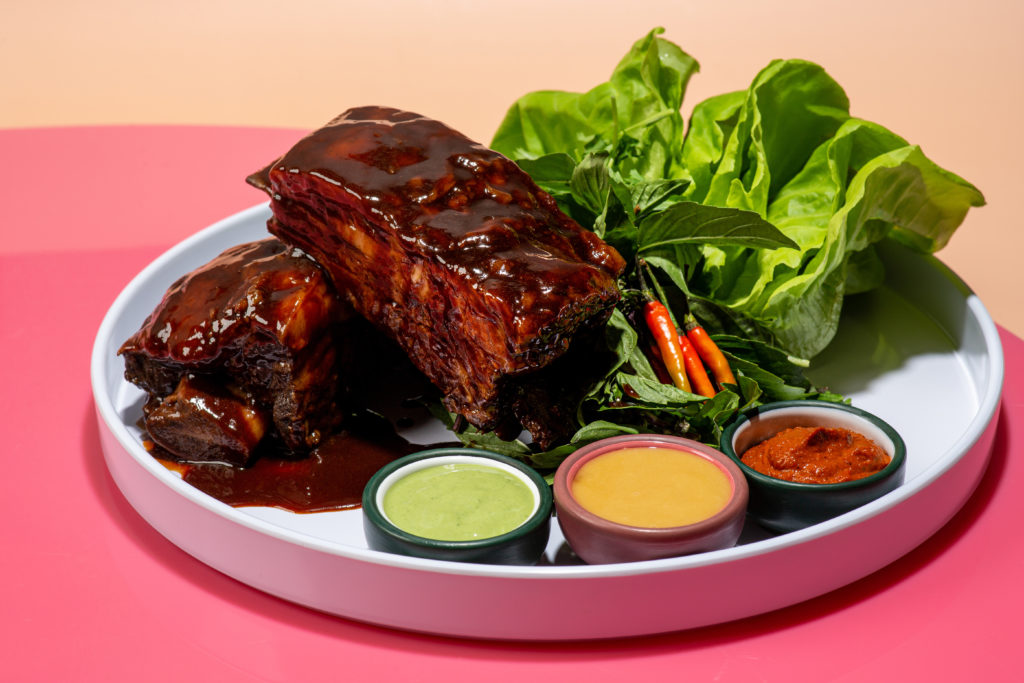
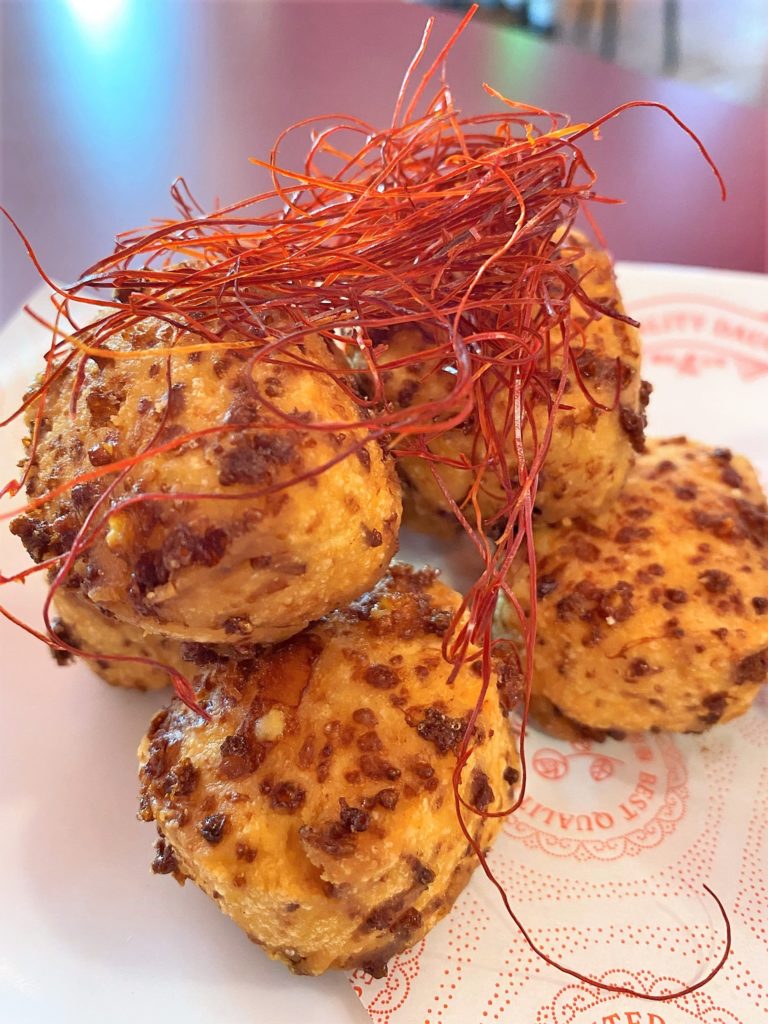




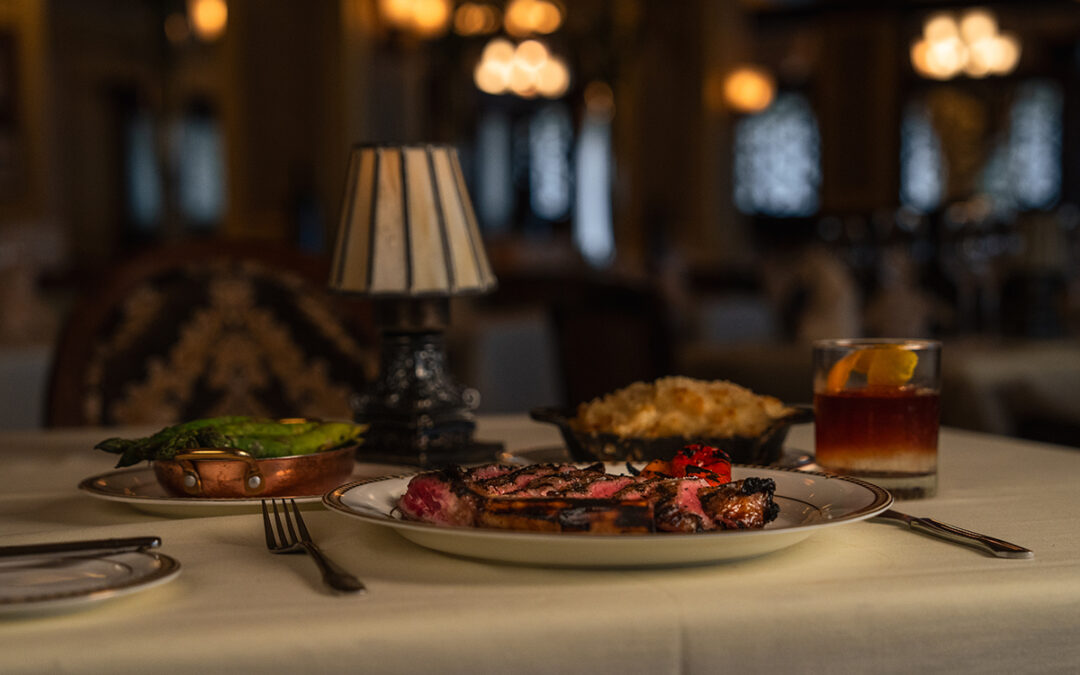

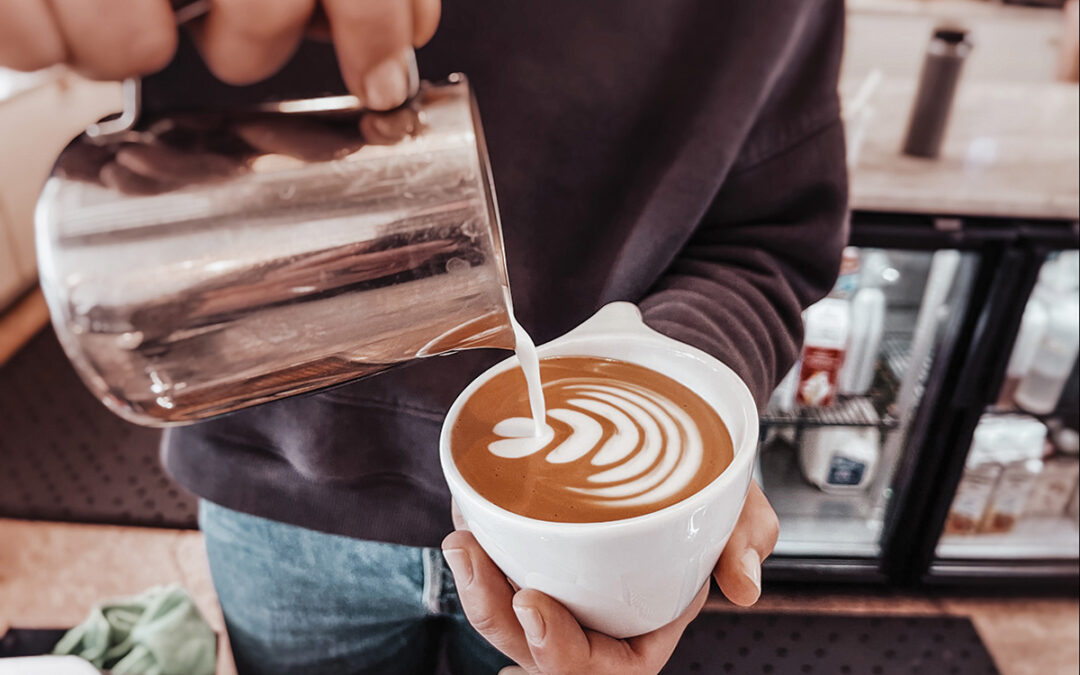
0 Comments